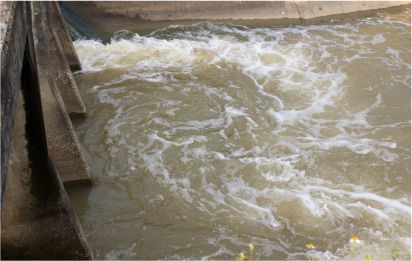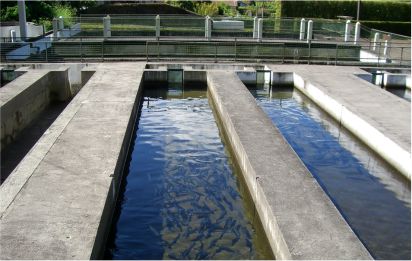Sequencing Batch Reactors (SBRs) are industrial tanks used for wastewater treatment, including sewage and outputs from anaerobic digesters. They operate in batches, with oxygen bubbled through the wastewater to reduce biochemical and chemical oxygen demand, making it safe for discharge or land use. An SBR system typically has at least two tanks with a common inlet that can switch between them. One tank settles and decants while the other aerates and fills. The inlet section, called the bio-selector, uses walls or baffles to mix incoming influent with returned activated sludge, initiating biological digestion before the wastewater enters the main tank.


The Sequencing Batch Reactor (SBR) system uses tanks operating on a fill-and-draw basis for wastewater treatment, divided into five periods: Fill, React, Settle, Draw, and Idle. During Fill, raw wastewater or primary effluent enters the tank, influenced by factors like desired loading and detention time. Aeration and mixing vary, with level sensors or probes controlling aerators and mixers. In React, biological reactions from the Fill phase continue, alternating between low and high dissolved oxygen conditions. Sludge wasting, which helps control sludge volume and age, can occur near the end of React. React can consume over 50% of the total cycle time, ending either by a set time or a level controller.
